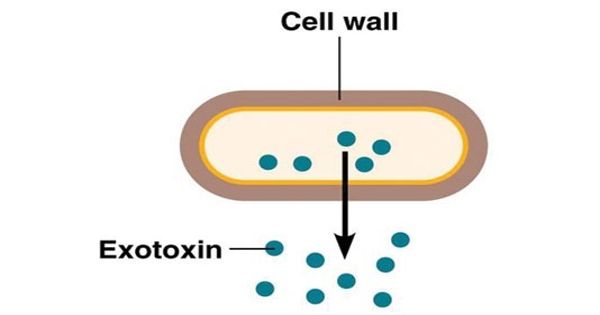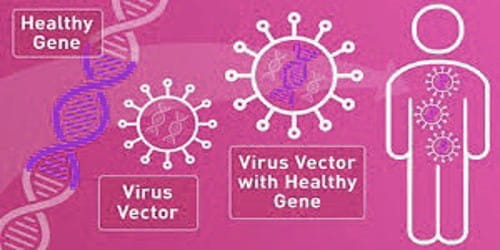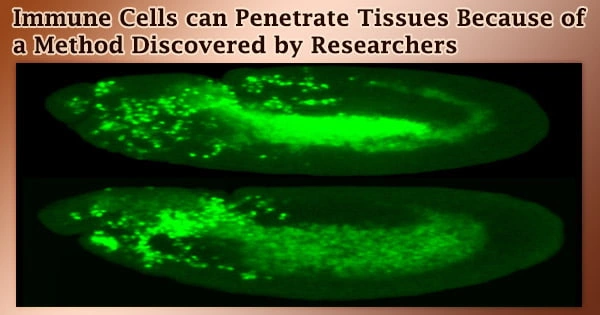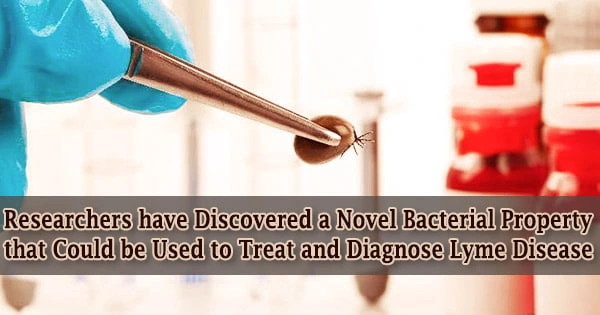An exotoxin is a toxin secreted by bacteria. It is a toxin released by a living bacterial cell into its surroundings. An exotoxin can cause damage to the host by destroying cells or disrupting normal cellular metabolism. They are a group of soluble proteins that are secreted by the bacterium, enter host cells, and catalyze the covalent modification of a host cell component(s) to alter the host cell physiology. They are highly potent and can cause major damage to the host.
Exotoxins are discharged from bacterial cells and known as the most poisonous substance able to cause disease. These are heat-sensitive proteins.
Toxin manufacturing is the potential of microorganisms known as toxigenesis. It is used by microbes especially by bacteria to induce disease. Bacterial toxins have two types on the basis of their chemical composition called endotoxin, exotoxin. Exotoxins are usually heated labile proteins secreted by certain species of bacteria that diffuse into the surrounding medium. They may be secreted, or, similar to endotoxins, may be released during lysis of the cell.
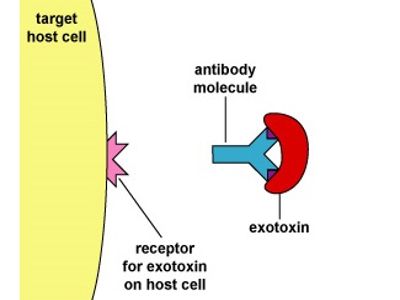
There are three main types of exotoxins:
- superantigens (Type I toxins) – Type I (membrane acting) toxins bind surface receptors and stimulate transmembrane signals, and include the super-antigenic toxins.
- exotoxins that damage host cell membranes (Type II toxins) – Type II (membrane damaging) toxins directly affect membranes, forming pores or disrupting lipid bilayers.
- A-B toxins and other toxins that interfere with host cell function (Type III toxins) – Type III (intracellular effector) toxins translocate an active enzymatic component into the cell and modify an intracellular target molecule.
Not all exotoxins are necessarily produced to harm humans. Some may be designed to play a role in bacterial physiology, such as resisting bacteriophages, regulating cellular function, or quorum sensing. Gram-negative pathogens may secrete outer membrane vesicles containing lipopolysaccharide endotoxin and some virulence proteins in the bounding membrane along with some other toxins as intra-vesicular contents, thus adding a previously unforeseen dimension to the well-known eukaryote process of membrane vesicle trafficking, which is quite active at the host-pathogen interface. Other toxins may be produced primarily to target protozoa, insects, and smaller animals, and harming human cells becomes an accidental side effect. In a few species, toxin production is associated with the lysogenic phase. There is a diverse range of exotoxin which are classified according to their site of action namely they are cytotoxin, neurotoxin, enterotoxin, leukotoxin.
